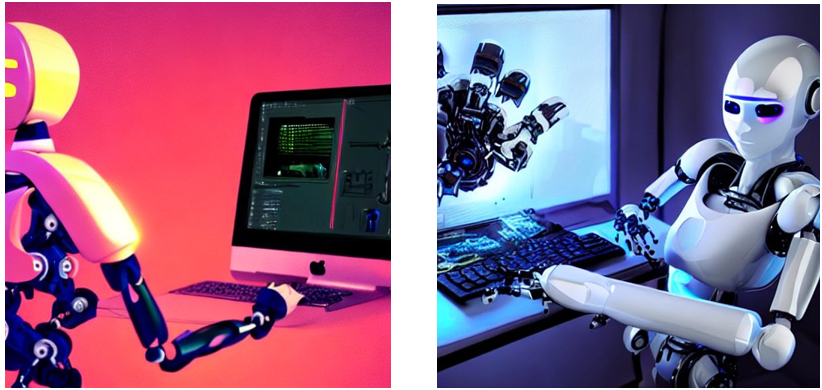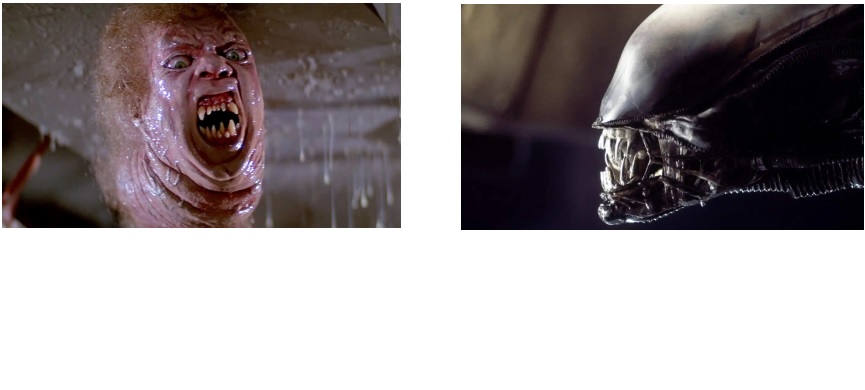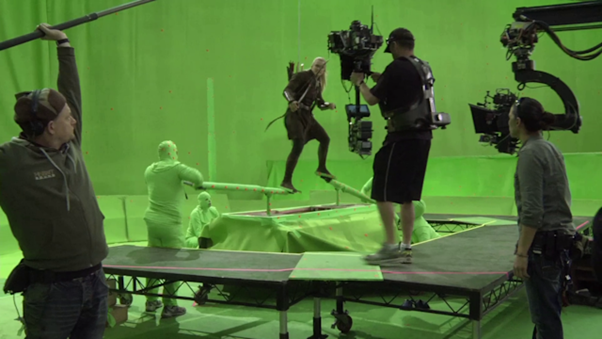Will AI replace CGI artists?
2 years ago
Artificial intelligence is one of the fastest evolving science domains. It influences the route we take when we drive to work, how we use our phones and computers, what shopping we buy and what we will see in cinemas in the near future

INTRODUCTION
Artificial intelligence is one of the fastest evolving science domains. It influences the route we take when we drive to work, how we use our phones and computers, what shopping we buy and what we will see in cinemas in the near future. Artificial intelligence is having a remarkable impact on the development of the film industry, which is an area that has been growing almost as fast as AI itself in recent years. As with AI, the development of computers and the increase in computing capabilities has resulted in taking the industry to a whole new level. We have now reached a level where tools using machine learning models are being used in the filmmaking process on a daily basis. This could herald the next revolution in the field. One thing that most movies today cannot do without are special effects. On the one hand, advanced special effects are expected by the viewer, but on the other hand, they often consume a large percentage of a film's budget. The question must therefore be asked Is it not possible, in this age of ubiquitous automation, to use artificial intelligence to create special effects more quickly and cheaply? Or could we completely replace CGI (computer-generated imagery) artists with AI systems? Let’s start from the beginning.
BRIEF HISTORY OF CGI
The history of CGI begins about 50 years ago, in the 1970s. Of course, this is not the beginning of special effects itself. Various tricks have been used since the 1920s to achieve the desired illusion on the big screen. As special effects of that time were based mainly on costumes and systems often using advanced engineering they were called engineering effects. The most famous examples of such effects are Alien (1979) and The Thing (1982).

The first movie to make use of CGI was Westworld (1973), followed by Star Wars: Episode IV (1977) and Tron (1982). Despite the simplicity of CGI effects used in these films, it was undoubtedly a breakthrough in the film industry. These movies showed a completely new path for filmmakers, which has been explored extensively ever since. The following years saw films such as Indiana Jones And The Last Crusade (1989), Terminator 2: Judgement Day (1991), Independence Day (1996), The Matrix (1999), The Lord of the Rings (2001) and King Kong (2005). Each of these films brought new, more advanced solutions which made special effects an increasingly important part of the film. In 2009 the premiere of Avatar took the importance of special effects to a whole new level. Special effects used in the film were the main marketing value for the whole piece. At this point, we have reached a time where a movie can actually be generated entirely through the use of CGI and is only distinguished from animation by the use of actors and possibly some residual choreography. A great example of this type of film is the Hobbit series which were shot almost entirely on a green screen.

HOW AI IS CHANGING FILMMAKING PROCESS?
But why have special effects progressed so quickly? Well, it’s not only them that have developed over the last 50 years. An area which has an incredible impact on the lives of everyone on our planet and which is also one of the fastest developing areas in the world today is artificial intelligence. At the moment we are witnessing a great interest in generative models which are capable of producing previously unseen original content. The potential of such models is enormous, and when used correctly, they can facilitate the work of both artists and computer graphic designers. It is AI that has made special effects such a high level today. We must therefore ask ourselves whether artificial intelligence is capable of reaching such a level to replace CGI artists and automatically generate special effects for films?
We have to start with the fact that no matter how impressive the results of generative models are at the moment, a human being does not really have a full influence on what the model generates. The model is not taught to interpret human ideas and is not able to understand what the director has in mind and propose some other solutions or interesting ideas. In order for a model to be able to fully replace a human being as a CGI artist, it would need to be able to interpret human ideas at a level of abstraction equal to a human being. A model would need to be able to understand not only the command given to it, but also the idea behind that command and the way of thinking of the human giving it. Such a level of interpretability of human ideas is still the domain of science fiction movies.
However, this doesn't mean that artificial intelligence is completely useless when it comes to generating special effects. What’s more, it can be said that in recent years, it is artificial intelligence and its development that has driven the development of software for film editing and the generation of special effects. This can be seen in the amount of functionality of these types of software which are based on machine learning models. From the technical side, however, machine learning models are advanced tools that require a trained specialist to operate. What is more, he or she does not even need to be aware that he or she is using artificial intelligence models. It is enough that he or she knows the function in the video editing software, understands the parameters of this function and is able to use it correctly. The fact that there is an artificial intelligence model running underneath does not really matter to the user, because it is the effect that counts. And those are good and fast.
In addition, the current level of sophistication of machine learning models in image processing allows a task to be completed with a single click, a task which several years ago may have taken several days or even required the use of some professional equipment. For the producer, of course, this means faster production, which translates into lower costs for both employees and the use of equipment. A good example of this is the Motion Capture system, which has been very popular among filmmakers for several years now. It allows human or animal movements to be read and then transferred to computer-generated characters so that their movements are more realistic. In February of this year, a paper was published by scientists from the ETH Zurich and the Max Planck Institute, which makes it possible to generate accurate 3D avatars from just a 2D film [1]. The results are astounding and there is no denying that there is huge potential in this type of model to replace the Motion Capture system. Considering the size and the cost of renting and operating a Motion Capture system and comparing it to the cost of recording an actor performing a specific sequence of movements, the savings for film producers could be enormous without loss of quality.

CONCLUSION
So the answer for the title question seems simple and hardly surprising: AI will not replace CGI artists, at least for now. However, there’s no doubt machine learning has an enormous impact on the filmmaking process making it more quickly and cheaper. The evolution of special effects and film editing software, as well as the example of Vid2Avatar cited above, show that just as the introduction of computers began a revolution in filmmaking, so the use of machine learning models begins a whole new era in the filmmaking process.
[1] https://moygcc.github.io/vid2avatar/?fbclid=IwAR2UcX2vcGD-wm3L6pFMX2dWQGPOJ_kvHu5TS0oY-znjwb8LmWawbIHm51Q